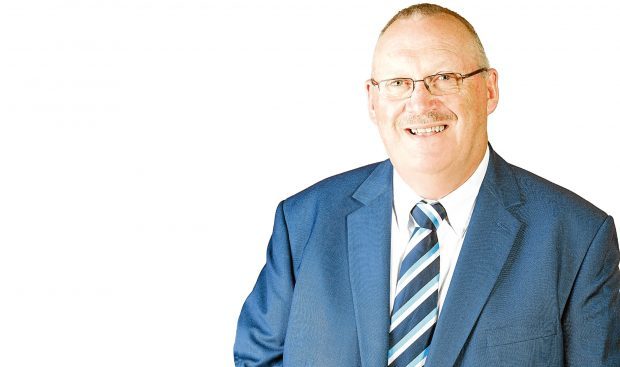It is important that we enjoy going to work – after all, many of us spend more time there than we do at home.
But there will come a point towards the end of our working lives when we will look forward to changing our work/life balance to spend more time at home.
You will note the word “more” rather than “all”. This is because our expectations in retirement are changing due to new choices which are now available to us.
For example, many people are happy to continue working into their late 50s or early 60s, but not at the same intensity as previously.
Thankfully, modern pension provisions supplied through the workplace will often allow pension income to be phased in once an employee reaches 55.
This will support that person to move into part-time work, with no substantial drop in living standards as pension income supplements reduced wages.
Some people will want to keep working because of outstanding mortgage commitments.
Many workplace pensions allow for a tax-free lump sum to be released once a member reaches 55 – normally up to 25% of the total fund – and without any requirement to take income immediately.
This can help people clear a loan and become financially secure earlier than they had expected. An added advantage is they can continue to accumulate pension contributions by redirecting the no-longer-required mortgage payments into extra retirement savings.
Evidence suggests that, on average, we will work for between five and seven different employers during our working lives. Most people will gather a number of pension pots.
While these could be consolidated into one fund, there is also the option to realise these pots individually – especially those of smaller value – to release 100% of the value on day one.
There are tax implications here, however, it can free up funds to help people achieve ambitions such as world travel at an age when they feel physically fit and able to enjoy these opportunities.
Everyone can now plan for the retirement they want, rather than the one they might previously have settled for, by understanding their company pension.










